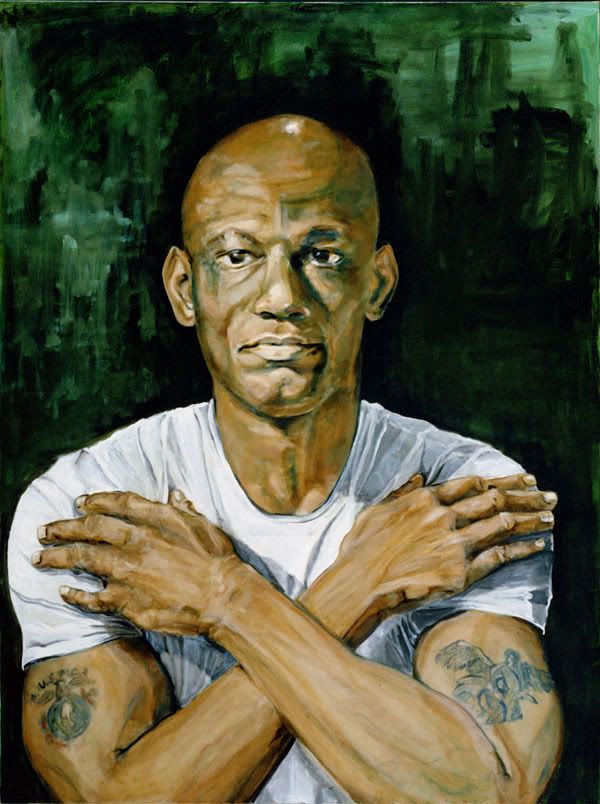
“Hello Lover”, an exclamation by Carrie Bradshaw a “Sex and the City” character, as she covets a pair of Manolo Blahnik sandals in a window display.
Shoes like precious stones are collectable, cherished, and you can never have enough. Former Philippines’ first lady and political figure Imelda Marcos’ extensive shoe collection was 3,000 pair at final count.
There are books about Shoes as Objects of Art and Seduction. The Shoe has been a subject in Andy Warhol paintings. Wearable foot art comes in well thought out compositions from faces to places. Yes, there is a shoe museum, The Bata Shoe Museum in Toronto, Canada, that hosts an extensive collection of designed footwear.
And if you trust in fairy tales, then you believe that Cinderella wore glass slippers. Larry Le Brane, a SLO fused glass artist, has perfected the Shoe in glass. He admits that his men’s shoe fetish sparked his creative shoe juices. Shoes offer a sculptural feel to this schooled artist.
Beginning with a “flip flop” two and a half years ago, he has challenged himself to perfect the Stiletto, both in fused glass.
Why high heels” Because they are “charged with sexual innuendo”, says Larry. “Wearing it (the high heel) emphasizes the curves of the female anatomy, making it visually appealing to men. I decided to emphasize this height to a 7" heel on a 2" platform. I added touches of "man stuff" (the cable ties for straps, and the diamond plate aluminum base), thus the title "Diamond Plate Stiletto". Larry’s art form is delivered as a whole package paying attention to details, form, color and design. Each pair is displayed on its own stand.
Earning his BA and MFA at Otis Art Institute, Larry was the Professor of Art at Orange Coast College from 1971 to 2003. He then moved here where he produces his art and teaches drawing for the Cuesta College emeritus program.
Each pair of LeBrane’s shoes is unique and hypnotic. These glass shoes always have a "Wow" reaction. They will be featured in “Caution: Art Zone”, SLO Art Center’s upcoming exhibition and sale that begins January 19th through March 16th, 2008. His studio is a glass artist’s Disneyland and open to the public by appointment only. Call Rhonda, wife/manager, or Larry for a private showing, (805)528-8791 or (805)748-6935.
Along with paintbrushes, shoes are my next favorite compilation. My salvation has been living in a tiny home offering little closet space, and in a walking town. It would definitely be a problem for me to walk my streets wearing four-inch heels. Lucky for me Prada and Stuart Weitzman, designer shoes that range from hundreds to thousands of dollars, don’t make tennis shoes. Dolce & Gabbana does.
